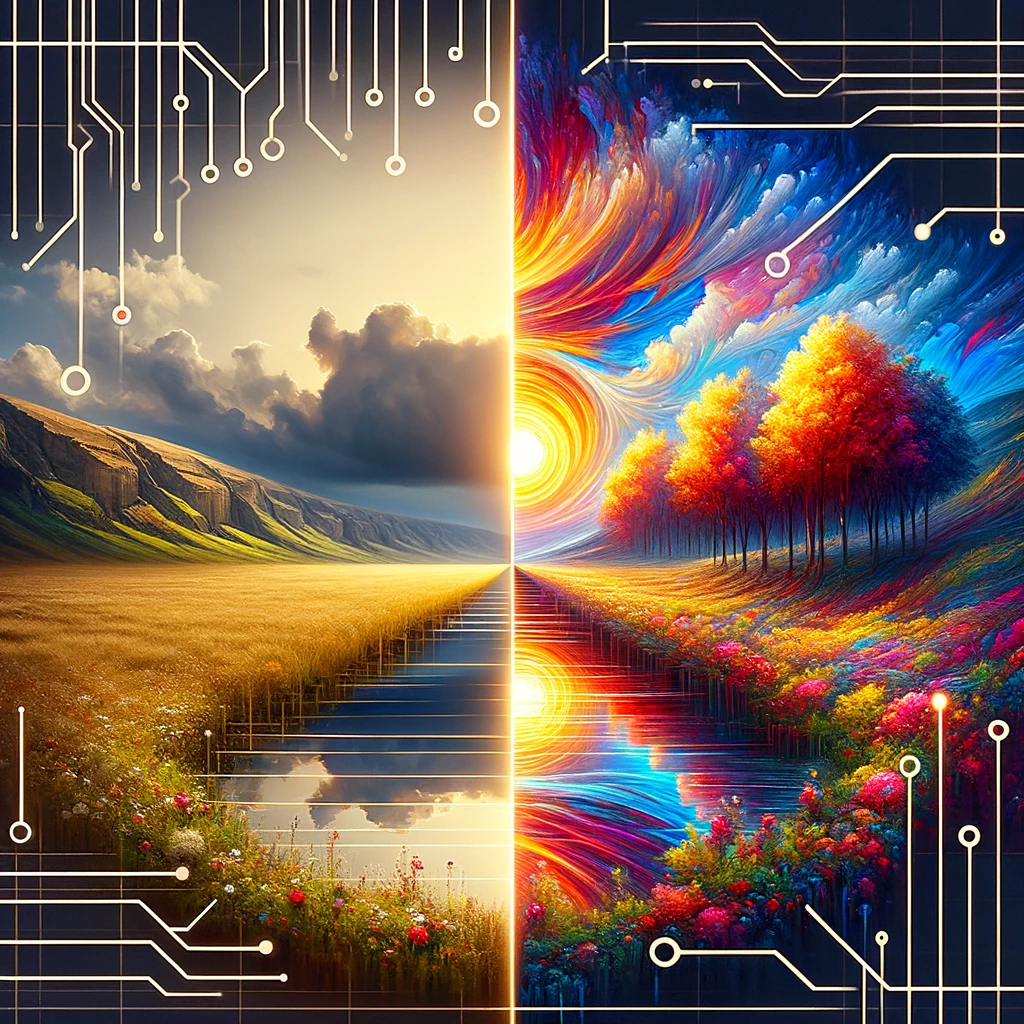In the digital age, where capturing moments has become as easy as a click, the quest for perfection in photography is more prevalent than ever. However, not every snapshot can convey the beauty or emotion of the moment with the clarity and impact we desire. This is where Artificial Intelligence (AI) steps in, offering tools and technologies to transform your ordinary photos into breathtaking masterpieces. This article delves into the realm of AI-driven photo enhancement, illustrating how it revolutionizes the way we perceive, edit, and appreciate photographs.
The Advent of AI in Photography
The integration of AI in photography is not merely a futuristic concept but a present reality. AI algorithms have been meticulously designed to understand the nuances of image composition, color dynamics, and textural details, enabling them to make precise adjustments that a human eye might miss. From amateur photographers looking to refine their shots to professionals seeking to expedite their workflow, AI tools cater to a broad spectrum of needs with remarkable efficiency.
How AI Transforms Photos
1. Enhancing Image Quality: AI-driven software can upscale images, improve resolution, and correct imperfections such as blurriness or noise. These tools analyze the image’s pixels and intelligently fill in missing information, making the picture appear sharper and more detailed.
2. Color Correction and Grading: AI excels in adjusting colors to bring a photo to life. Whether it’s enhancing the vibrancy, adjusting the exposure, or changing the mood through color grading, AI algorithms can automatically apply the most aesthetically pleasing adjustments based on the image’s content and lighting conditions.
3. Object Removal and Addition: One of the most groundbreaking features of AI in photography is its ability to remove unwanted objects from photos or even add elements that weren’t originally there, seamlessly blending them with the surroundings. This capability opens up endless creative possibilities, from decluttering scenes to creating composite images.
4. Style Transfer: AI can apply the artistic styles of famous painters or unique aesthetics to your photos, transforming them into works of art. This process, known as style transfer, leverages deep learning to mimic the textures, colors, and techniques of renowned artworks, offering personalized creativity at your fingertips.
5. Facial Enhancement and Retouching: AI-powered tools offer sophisticated facial recognition features that can enhance portraits by smoothing skin, adjusting lighting on the face, and even altering facial expressions slightly to achieve the desired effect.
The Tools Making It Happen
Several AI photo editing tools have emerged, each with unique features and capabilities. Adobe Photoshop’s AI features, for instance, provide powerful options for auto-selection, object removal, and sky replacement. Luminar AI focuses on simplifying photo editing processes with AI that adjusts images based on their content. Meanwhile, platforms like DeepArt and Prisma have popularized style transfer, allowing users to convert their photos into art pieces reminiscent of famous painters.
Ethical Considerations and Challenges
While the benefits of AI in photography are immense, it’s essential to navigate the ethical considerations that accompany these advancements. The ability to alter reality so convincingly raises questions about authenticity and the potential for misuse in creating misleading or harmful content. Therefore, it’s crucial for users and developers alike to foster a responsible approach to AI’s use in photography, ensuring that these tools are used to enhance creativity and truth, rather than distort it.
Optimizing for SEO
For bloggers, photographers, and marketers aiming to leverage AI-transformed photos for online content, understanding SEO is crucial. High-quality, unique images can significantly improve your website’s SEO ranking. By using AI-enhanced photos that are optimized for web (in terms of size and format) and accompanied by descriptive, keyword-rich file names and alt text, you can increase your content’s visibility and engagement.
Conclusion
AI has undeniably revolutionized the field of photography, offering tools that can transform ordinary images into stunning visual narratives. As we continue to explore and expand the boundaries of this technology, the potential for creativity is limitless. By harnessing the power of AI, we can elevate our photographs from mere snapshots to compelling masterpieces that resonate with viewers on a deeper level.
As we venture further into this exciting convergence of technology and art, it’s clear that AI’s role in photography will only grow, continually reshaping our approach to capturing and cherishing the world around us. Whether you’re a professional photographer or an enthusiastic hobbyist, embracing AI in your photographic journey promises a future where every photo has the potential to be a masterpiece.
